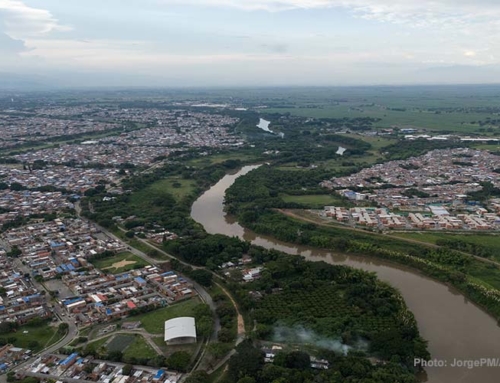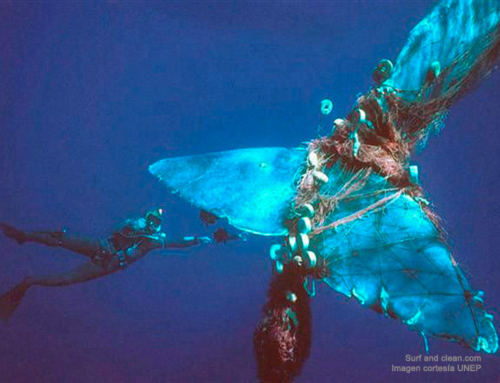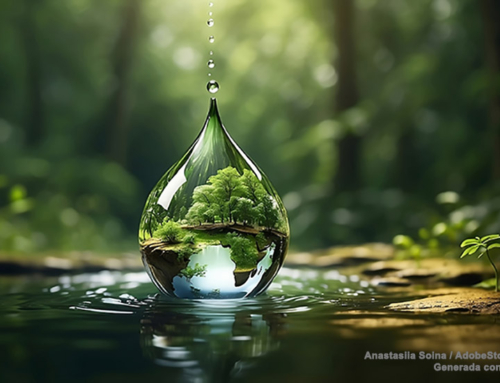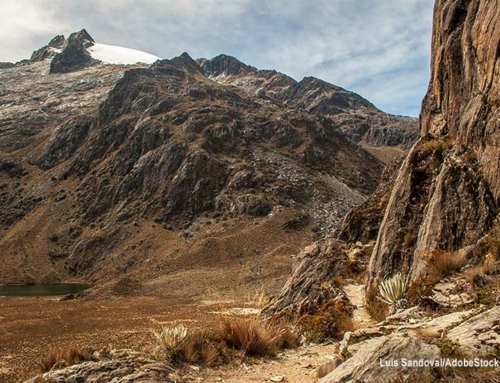When the 1851 Great London Exhibition opened in the spectacular Crystal Palace, the first building made from crystal and steel and ancestor to modern days’ skyscapers, thousands of visitors made a stop in Cyrus McCormick’s stand to admire it’s top of the line reaping machine, one that at the time had still to be pulled by a horse. This wonder of engineering performed horizontal cuts and included a new mechanism that stacked and even tied the ears of wheat together automatically. Even before this pioneer of the American agricultural engineering industry crossed the atlantic to marvel the world with his invention, a large number of breakthroughs had already been introduced during the 19th century in the United States. Up to this date there already were 100,000 treshers in the States, but it wasn’t until 1861, when the civil war became more intense, when the mechanization of farms began to occur.
The conflagration that was taking place in the U.S absorbed most of the country’s workforce, forcing farmers to substitute man power for the newly-released machinery as it required a small number of operators and could be operated by women or young boys. Besides, war caused agricultural commodities’ prices to rise allowing farmers to invest part of that extra income in the time’s new technology. After the cannons ceased fire, the boom of this innovations took off. Just until 1900 over 12000 patents for plowers were granted. Later came the multiple plower, the reaper, the binder, the fertilizer spreader, the hay dryer, the seeder, the potato seeder, the incubator, the skimmer, among other machines that made agricultural activites notably more efficient. Since the revolution that went on in the neolithic, the world hadn’t witnessed such drastic changes in the processes of the working of the fields. To have an idea of the increase of the productivity, it only takes to compare the 24 hours that were needed in 1850 to reap a ton of hay to the mere 4 hours required for the same activity a century later. This meant an exponential increment in agricultural production as well as a significant drop on the prices of food.
But the mechanization of food-producing activities brought along a quick multiplication of cultivated lands and the subsequent enviromental consequences, something that we have called the bubble of climate, eradicating natural habitats that had been established for millennia. In the next 3 decades after 1860, more land was used for the cultivation of agricultural commodities than that used for the same purposes in the history of the United States up to that date. The number of farms rose from an innitial 2 million to 6 million, seeded surfaces doubled, wheat production went from 173 to 635 million bushels and corn and cotton crops were tripled. Since the first half of the 20th century, authors like Samuel Elliot Morison y Henry Steeler Commager, sources of most of the data displayed in this article, raised an alert about the damage suffered by ecosystems. The excesive extraction of products from the subsoil, depleting harvesting and the destruction of forests caused, according to this authors, erosion, droughts as well as floodings. Close to 40 million hectares, a sixth of the surface of the south of the United States had been lost or damaged because of erosion. Around 1930, the foothills had absorbed half of the land suitable for the harvesting of crops.
Entering the 20th century, when the United States were definetly handed the baton of industrial revolution from the british empire, scale production adquired new dimentions, as well as the bubble of climate. Some have called it “the second industrial revolution”, featuring a big change on energetic patterns. Steam engines made room for diesel and gasolene-powered engines as well as electric engines. By 1930, there already were one million tractors in the US functioning with the new technologies. There also were machines that were massively introduced such as harvesters, mechanic treshers, trucks and big new machines that now were powered with new energy sources. A second big change in the methods of production of the fields was now happening. The pace at which science and technology were progressing, coupled to the big capitals from the time, put an end to the variety of crops and to supporting agriculture. The little family farm was no longer efficient or competitive so this way of farming stepped aside to clear the way for specialized farms that dedicated huge surfaces to one sigle crop. This caused for the people to leave the fields in order to settle in urban developed areas. Between 1870 and 1930 the rural population in the US went from 80% to 40%, migration to cities continued at a higher pace from this date onwards.
As time went on, super-machines spread around the world, and almost everywhere happened a very similiar thing to what went on in the United States: large surfaces of forests disappeared and cities began to receive waves of people arriving from rural areas looking for better opportunities and better life quality standards. The growing mass of food-production related machinery, load transportation vehicles, cars and planes powered by fuel from fossil sources gradually increased CO2 emissions into the atmosphere. Alarms were raised immediately, all of the sudden the accumulation of carbon dioxide gases in the atmosphere was quickly related to global warming caused by human activities. After the 1950’s opinions that worried about the sustainability of life in planet Earth began to surge. In the last decades of the 20th century it became more common to speak about alternative energy sources, with bio-fuels being one of the most popular. The problem of bio-fuels is the inmense ammount of land required for it’s cultivation. If the using of bio-fuels was to become more common, on top of competing with food production it would also increase the already-high ammount of cultivated land in the world, what would bring the destruction of more biotopes in forests, jungles, plains, swamps and semi-deserted areas that uncountable plants and animal species have been occupying for millennia.
As for the rivers, lakes and oceans, besides all the damage caused to it’s waters by contamination and climate change, they are losing most of their natural fauna in favour of the nourishment of the ever-growing world population. In recent days we read that Spain had spent all of their fishing allowance for 2011 in only 4 months. Whale population is being seriously affected as these animals are a very important element in the diets of countries such as Japan and Norway among others. It is indubitable that the bubble of world population, through it’s expanding needs of consumption and transportation, is going to have a higher impact on biodiversity as time goes on.
Having reached this point, we consider pertinent to remember Thomas Malthus’s theory and it’s classic statement: “while population grows in an geometrical progression, means of population subsistence do it arithmetically”
This thesis was included in his polemic essay on the principle of population, published in 1798, in which he affirmed that the day would come when humanity would no longer be able to obtain enough resources for it’s subsistence due to a serious food shortage. We wonder: What was Malthus wrong about? Was he really wrong about eveything he said? The first error Malthus made was that he didn’t foresee the revolution suffered by food-production means that proved his theory wrong, nor the spectacular growing world population experienced after his death. However, we consider that Malthus was not wrong about everything he said, as the food shortage that he predicted and the destruction of natural habitats to satisfy the enormous nutritional needs of huge human populations are two faces of the same coin. The disaster that Malthus predicted will not be materialized by the insufficiency of food, scenario that could be aggravated in the near future, as it is already happening in some countries, but by it’s inmense production that contributes in an important fashion to the swelling of the climate bubble. An apocalyptic ending would be equivalent or even worse to the corollary of Malthus’s thesis.
To conclude this article, there is no doubt about the mutual interaction of the four apocalyptic bubbles. The swelling of the bubble of population will continue to push that of the commodities, and the latter, specially the ones that correspond to food and energy sources, will push the climate or ecological bubble. If the bubble of money ever bursts, it would probably hinder agreements and protocols made with eviromental protective purposes as well as delay the development of an alternative energy source.
After finishing our analysis, the questions that pop up are the followings: Which one of the four bubbles is gonna be the first to explode? How do we imagine the bursting of the population bubble is going to be? What about the bubble of climate? Or the commodities bubble? Will we be able to stop these bubbles’s bursting? Will we be able to avoid apocalypse? We leave the answer to you, our kind readers.
Sandor Alejandro Gerendas Kiss
Translation Alvaro Arconada







Leave A Comment